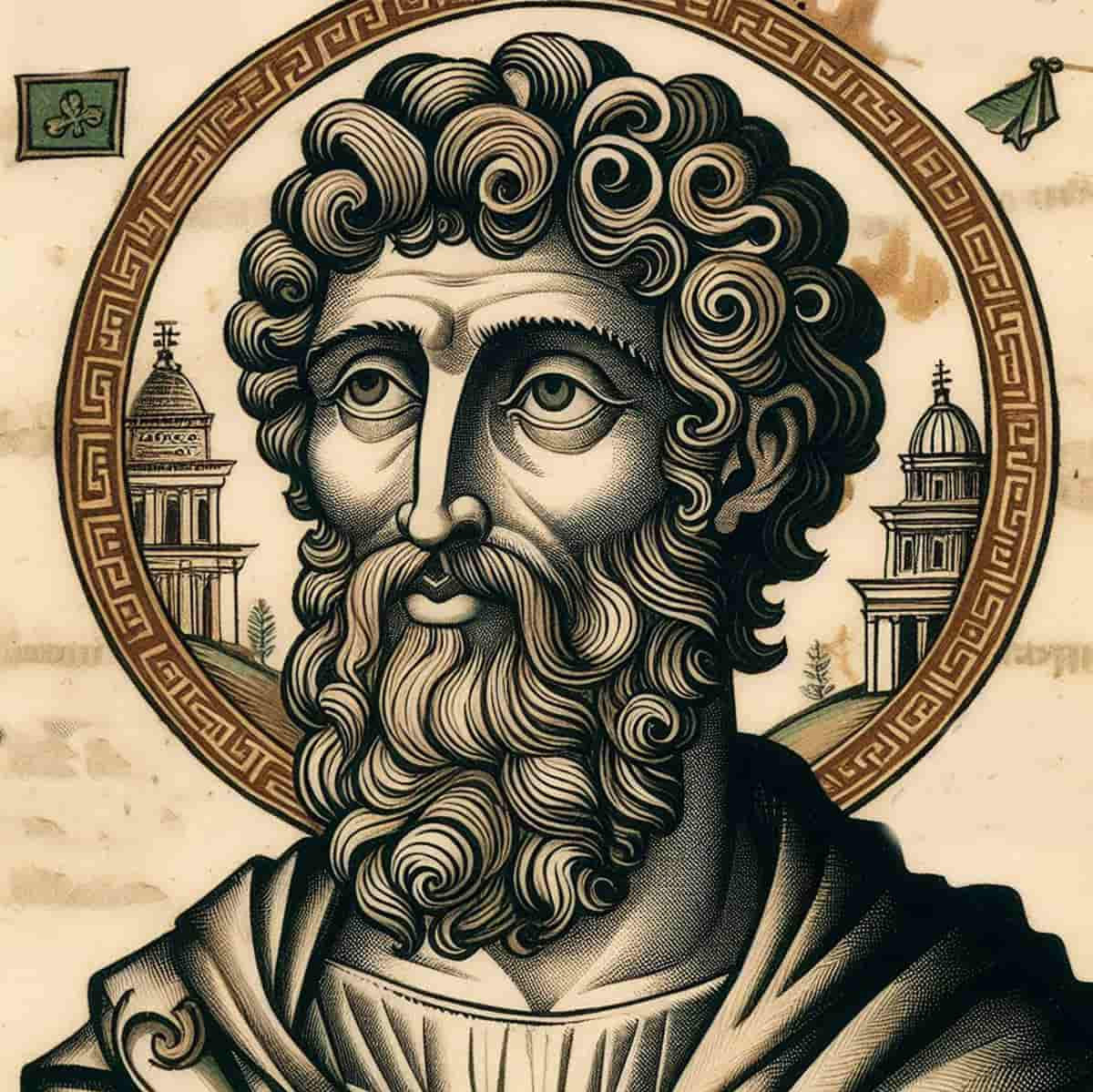Pausanias: The Greek Geographer and Traveler
We only gather information about Pausanias from scattered clues in the writings collected about his journey through Greece, compiled in his book "Description of Greece."

We only gather information about Pausanias from scattered clues in the writings collected about his journey through Greece, compiled in his book "Description of Greece."

